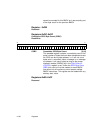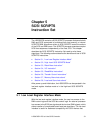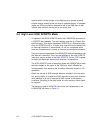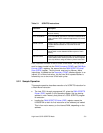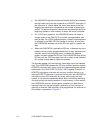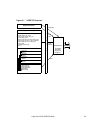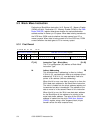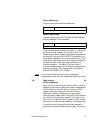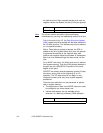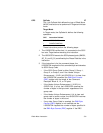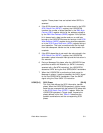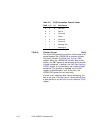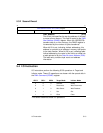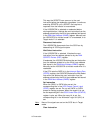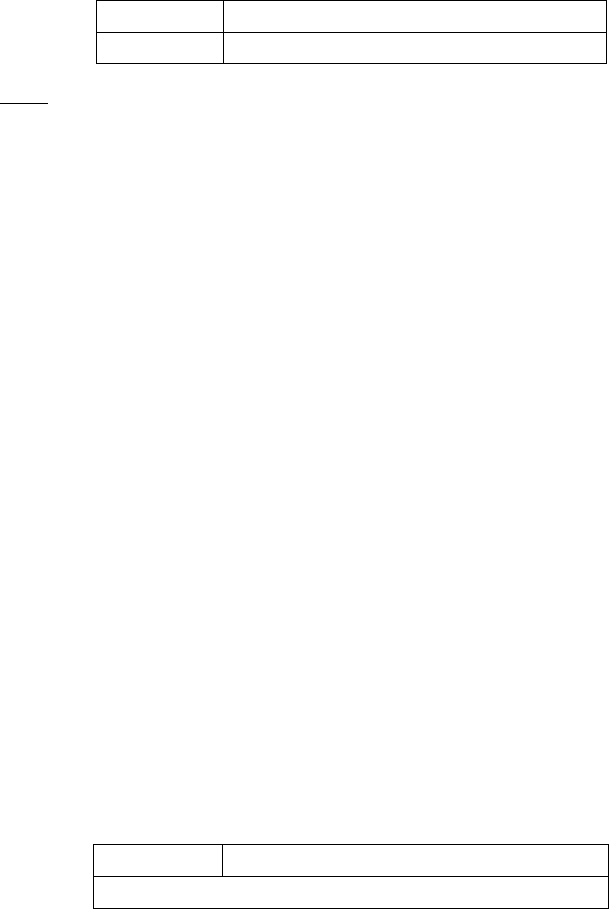
5-8 SCSI SCRIPTS Instruction Set
the data structure. Sign extended values of all ones for
negative values are allowed, but bits [31:24] are ignored.
Note:
Do not use indirect and table indirect addressing
simultaneously; use only one addressing method at a time.
PriortothestartofanI/O,theData Structure Address
(DSA) register should be loaded with the base address of
the I/O data structure. The address may be any address
on a longword boundary.
After a Table Indirect opcode is fetched, the DSA is
added to the 24-bit signed offset value from the opcode
to generate the address of the required data; both
positive and negative offsets are allowed. A subsequent
fetch from that address brings the data values into the
chip.
For a MOVE instruction, the 24-bit byte count is fetched
from system memory. Then the 32-bit physical address is
brought into the LSI53C875A. Execution of the move
begins at this point.
SCRIPTS can directly execute operating system I/O data
structures, saving time at the beginning of an I/O
operation. The I/O data structure can begin on any
longword boundary and may cross system segment
boundaries.
There are two restrictions on the placement of pointer
data in system memory:
• The eight bytes of data in the MOVE instruction must
be contiguous, as shown below, and
• Indirect data fetches are not available during
execution of a Memory-to-Memory DMA operation.
Command Not Used
Don’t Care Table Offset
00 Byte Count
Physical Data Address



